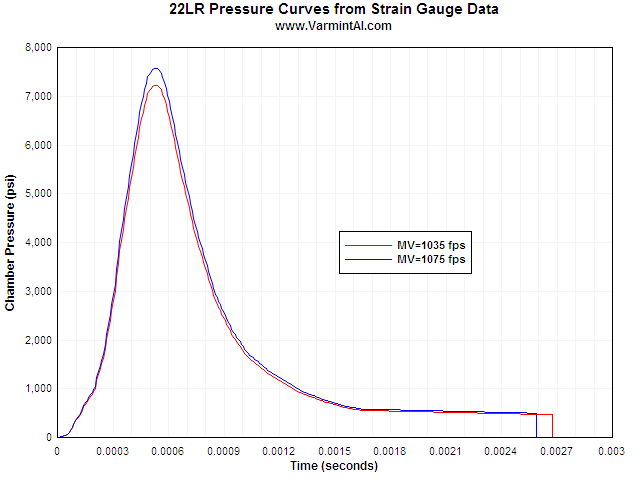I, too, have a MagnetoSpeed and since getting it, I haven't looked back! Sold the old Chroney!
I use mine on a couple hunting rifles as well as my 6BRX long range bench rest gun.
I, as well as others, have found the point of impact raised about a MOA with the MagnetoSpeed attached. One MOA at the target is a very small angle indeed and my theory is that as the bullet passes over the two inductors and induces a very slight current into the inductors creating a very slight up-kick due to repulsion from inductor to "moving charge" ( the bullet).
In addition, I find that any error caused in barrel tuning is hidden in my skill, or lack of same. I think two factors are at play. I have a tuner on my barrel and 1, the light weight of the Bayo compared to barrel plus tuner makes for a very small error in tuning. 2, If the barrel is tuned precisely the slight tuning error is eliminated by the Q of the tuning. That's why we tune so carefully, so any deviation from perfect load is still within the compensation of the tune. After all, I check my tune by shooting small groups with variations of powder charge of 0.3 gn and tune to smallest vertical. I don't think the light, loosely coupled (rubber MagnetoSpeed mounting pads), create significant error to the actual tune.
I have heard of folks actually competing with the Bayo on the barrel. My friend and mentor in Australia shoots F Class and for practice they have informal "meets" and he competes with it on with no degradation in scores. He, too, has a tuner.


